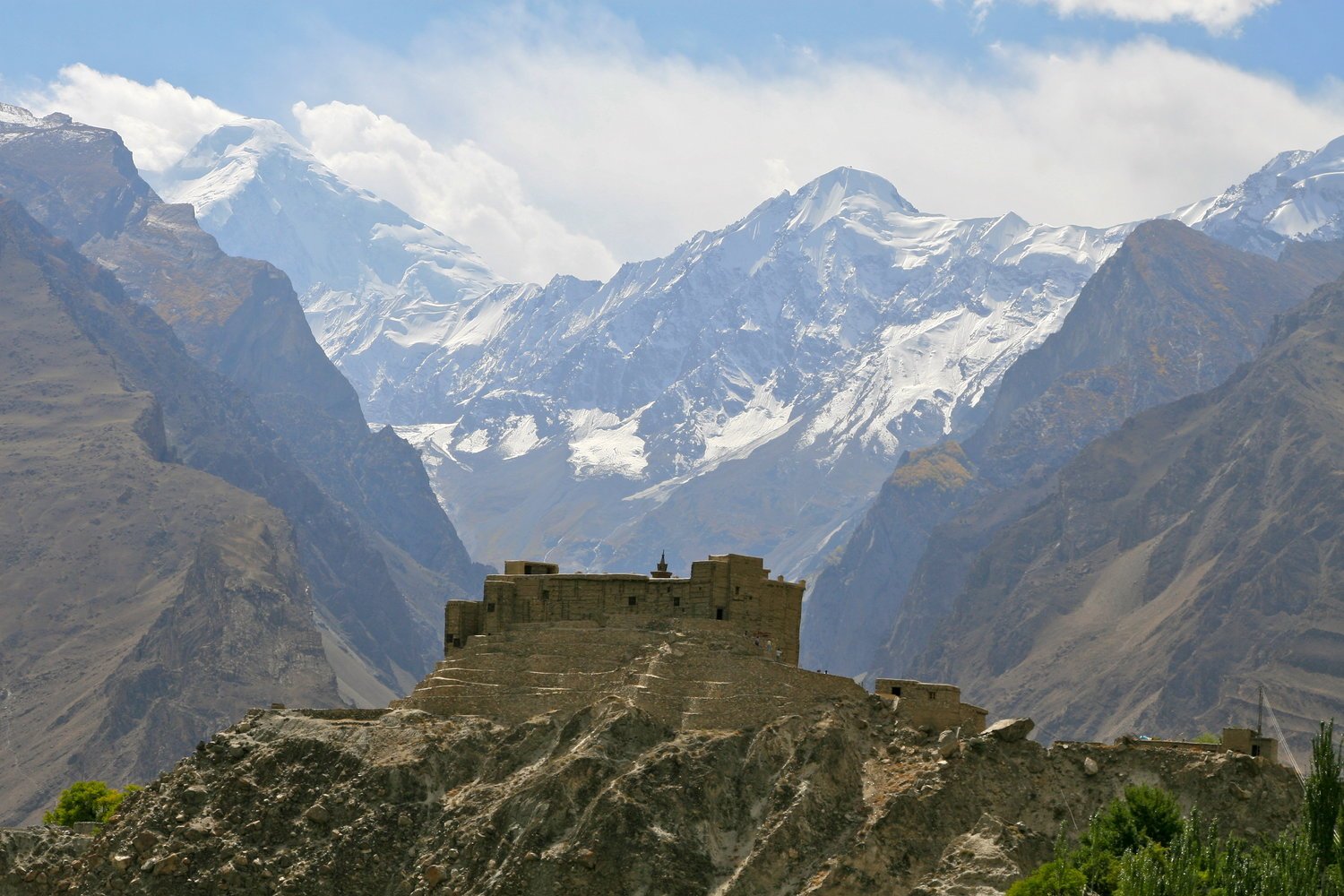7 Reasons why Northern Pakistan Should Be on Your Bucket List
For those that love culture, history, and nature, the Gilgit-Baltistan region of Northern Pakistan might possibly the most beautiful destination in the world never talked about. Surrounded by dramatic mountain ranges and some of the largest glaciers outside of the polar regions, Gilgit-Baltistan highlights how naturally stunning Pakistan is; something rarely discussed when Pakistan enters the conversation. Here are few reasons you should put the region on your bucket list.
1. Gilgit-Baltistan: Home of The Worlds Largest Mountains
Widely regarded as the most dangerous climb in the world, the region is home to K2, the second tallest mountain in the world. Gilgit-Baltistan is where the Himalayas, Karakorum and Hindukush mountain ranges meet. The region holds 5 of the 14 mountains worldwide that break 8000m.
There is also over one hundred 7000m mountains located in the region.
2. Ghizer: The Land of Lakes
Ghizer is a region within the territory of Gilgit-Baltistan. The area is known for its breathtaking lakes, the ethereal Ghizer river, beautiful valleys and Shandur Top. Shandur Top is called by some the “Roof of the World” and is known for hosting the highest elevation polo game in the world.
Hiking, mountaineering, culture tours, trout fishing and rafting are all activities commonly done within the region.
3. Yasin Valley: The Meeting Point of Central Asia
In the past, Yasin Valley held geographic importance due to its unique geography. The valley was often used by ancient invaders to access the Indian Sub-Continent and its history has been filled with fighting. Recent road improvements have made the region more accessible and has a spectacular view of the snowcapped mountains of the Hindukush mountain range.
The region has been under the control of multiple powers including Tibet, China, Russia and Britain.
4. The Karakorum Highway: The Vein of Gilgit-Baltistan
Completed in 1968, to signify the relationship of China and Pakistan, the Karakorum highway is the vein that connects both countries. The road highlights some of the rich history of Gilgit-Baltistan while also contributing major economic and social impact for the locals. The highway runs along the Indus River, one of the longest rivers in Asia.
Along the highway you can see rock carving created by early invaders, pilgrims and conquerors.
5. Hunza Valley: The Epicenter of Gilgit-Baltistan
From historical destinations, a diverse culture and impressive natural highlights, Hunza Valley embodies all that Gilgit-Baltistan has to offer. A former princely state, Hunza Valley is now one of the regions premier tourist destinations. Tombs, former royal residences, expansive glaciers are just a few of the highlights you can find in this Valley.
Within Hunza Valley you have close access to Batura Glacier, Passu Glacier and Borith Lake.
6. Baltit Fort: Former Protector of Hunza Valley
Constructed over 700 years ago, Baltit Fort helped ensure the reign of the Mir (ruler) of Hunza. Abandoned in 1945, the fort has since been refurbished as museum for those that wish to explore the rich history of Northern Pakistan.
Since 2004, Baltit Fort has been a UNESCO World Heritage Site
7. The People: The Heart of Gilgit-Baltistan
Often people take the extremes presented and paint a picture with broad strokes. Misconceptions are often placed on the people of Pakistan and a lack of safety is usually associated with the region. What people don’t know is that the region has a culture ingrained with hospitality. The people of Gilgit-Baltistan welcome international travelers with kindness that is hard to come by in most regions of the world.
Staying in a homestay is popular method of accommodation in the region and gives travelers an inside look at how locals live.







